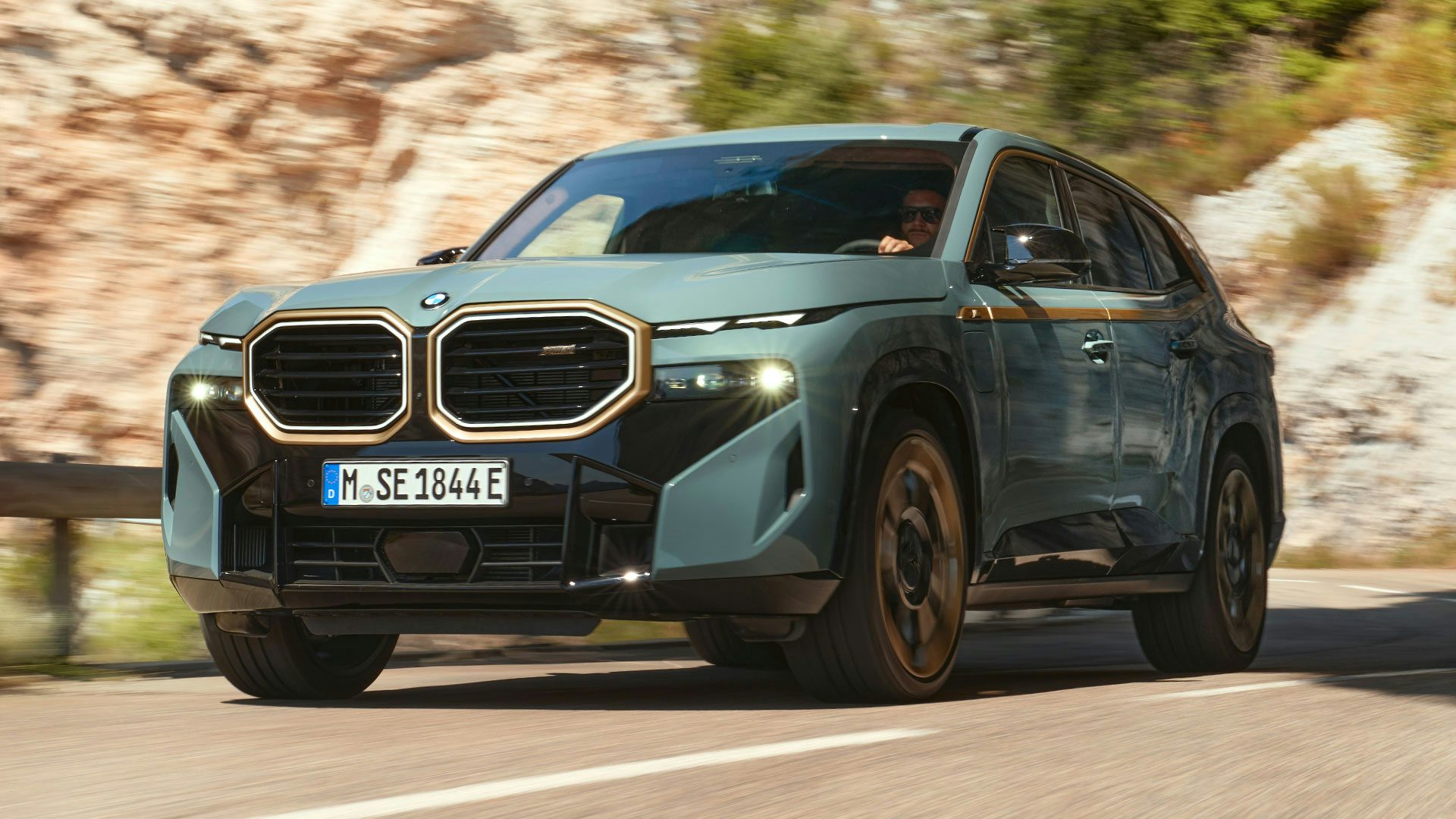Weight a minute: the cars so heavy you could need an HGV licence to drive them
October 06, 2022 by Hugo Griffiths

Car changing is a big deal
carwow investigation reveals drivers could unwittingly break the law if they load up some cars with passengers and luggage
- Some SUVs weigh over 2.7 tonnes
- Passengers and luggage could push that to 3.5 tonnes
- Car driving licences only valid for up to 3.5 tonnes
Drivers of the heaviest SUVs could unwittingly break the law if they load their vehicles up with heavy occupants and luggage, a carwow investigation has found.
The heaviest SUVs on sale today weigh over 2.7 tonnes, but by adding four passengers and their luggage these vehicles could weigh over 3.5 tonnes, at which point a normal ‘Category B’ car driving licence becomes invalid.
Instead, a Category C1 driving licence would be needed. These are entry-level HGV (heavy goods vehicle) licences, requiring a separate driving test and allowing motorists to drive vehicles weighing up to 7.5 tonnes.
The BMW XM and Mercedes-Maybach GLS 600 both tip the scales at 2,710kg. Adding five occupants each weighing 120kg (18st 12lb) would bring these vehicles’ gross weights to 3,310kg, leaving only 190kg of luggage allowance (this could be exceeded if three St Bernard dogs were put in the boot) before the cars became illegal to drive on a car driving licence.

In fact, drivers would be breaking the law before they breached the 3.5-tonne mark: BMW says the gross permitted vehicle weight (GVW) for the XM is 3,300kg while the GLS 600’s GVW is 3,250kg. It is illegal to drive cars loaded above their GVW, meaning five 120kg adults would make both cars too heavy to drive.
Loading these cars above those gross limits would be breaking the law, with drivers risking a fine of £300 and three penalty points. Anyone loading them above 3,500kg would be breaking the law twice: once for exceeding the cars’ GVW, and once for driving a vehicle that’s heavier than their licence allows them to drive. The latter offence risks a further three to six penalty points for ‘driving otherwise than in accordance with a licence’.
BMW XM
- Kerb weight: 2,710kg
- Gross vehicle weight (GVW): 3,300kg
- Occupant/luggage weight before GVW is breached: 590kg
- Occupant/luggage weight before licence is invalid: 790kg
It is unlikely that many motorists would carry enough passengers and luggage to breach these limits – the average weight of a player on the English rugby team, for example, is 102kg – but it is feasible.
The issue of exceeding a car’s gross vehicle weight is also not unique to heavy cars, with the Dacia Jogger seven-seat estate weighing 1,205kg and having a GVW of 1,862kg, meaning if seven occupants were on board, each could weigh no more than 93.9kg on average.
Weight gain is often exacerbated by the switch to electric and hybrid, with EV battery packs being several hundred kilos, and plug-in hybrid powertrains adding significant mass to vehicles. Three of the heaviest vehicles carwow uncovered were electric cars, while a further four were plug-in hybrids.

A proposed change to the law would remove this potential issue, however, as the Department for Transport recently launched a call for evidence investigating whether drivers with Category B licences should be able to drive vehicles weighing up to 7.5 tonnes without having to undergo further training.
10 of the heaviest cars on sale today
| Car | Weight (DIN standard) | Powertrain |
| BMW XM | 2,710kg | Plug-in hybrid |
| Mercedes-Maybach GLS 600 | 2,710kg | Petrol |
| Range Rover PHEV | 2,695kg | Plug-in hybrid |
| Range Rover Sport PHEV | 2,660kg | Plug-in hybrid |
| Rolls-Royce Cullinan | 2,660 kg | Petrol |
| BMW i7 | 2,640kg | Electric |
| Bentley Bentayga Hybrid | 2,570 kg | Plug-in hybrid |
| Rolls-Royce Phantom EWB | 2,610kg | Petrol |
| Tesla Model X LR Perf. | 2,562 kg | Electric |
| Mercedes EQV | 2,560kg | Electric |